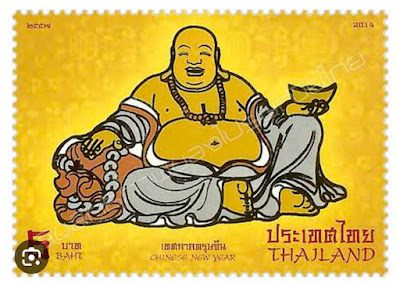Alva Myrdal (1902–1986) was a Swedish diplomat, politician, and social reformer. Here are some key aspects of her life and career:
Early Life and Education:
- Alva Myrdal was born on 31 January 1902, in Uppsala, Sweden.
- She studied at the University of Stockholm and later earned a doctorate in sociology.
Marriage to Gunnar Myrdal:
- Alva Myrdal married economist Gunnar Myrdal in 1924. They had two children, including politician and diplomat Jan Myrdal.
Social Reform and Diplomacy:
- Alva Myrdal was actively involved in social and political issues, advocating for social welfare, education, and disarmament.
- She served as a Member of Parliament in Sweden from 1943 to 1947.
- Alva and Gunnar Myrdal collaborated on a comprehensive study of race relations in the United States, resulting in the influential book "An American Dilemma: The Negro Problem and Modern Democracy."
International Diplomacy:
- Alva Myrdal served as Sweden's Ambassador to India from 1955 to 1961.
- She played a crucial role in disarmament efforts and was a key figure in the negotiations leading to the Partial Test Ban Treaty in 1963.
Nobel Peace Prize:
- In 1982, Alva Myrdal was awarded the Nobel Peace Prize jointly with Mexican diplomat Alfonso García Robles for their work on disarmament.
Later Years:
- Alva Myrdal continued to be involved in various international organizations and initiatives until her death.
- She passed away on 01 February 1986, in Stockholm, Sweden.
Alva Myrdal left a lasting impact on Swedish and international affairs, particularly in the areas of disarmament, peace, and social justice.



















.jpeg)
























